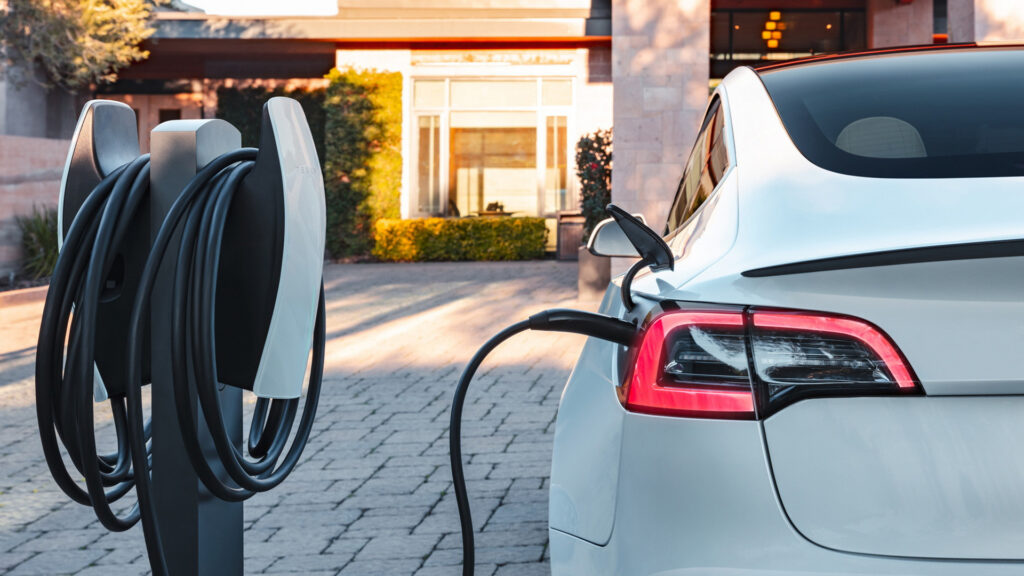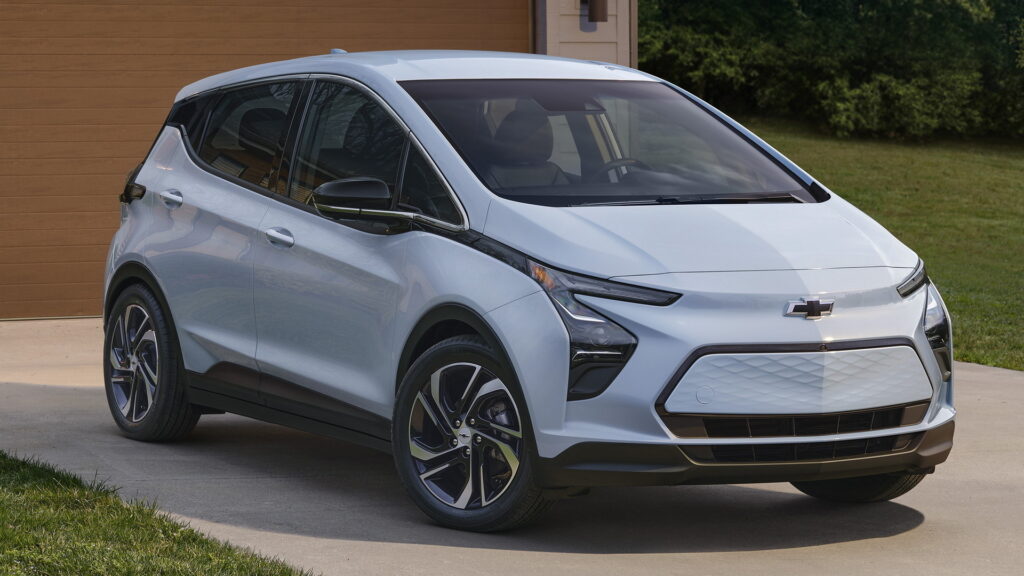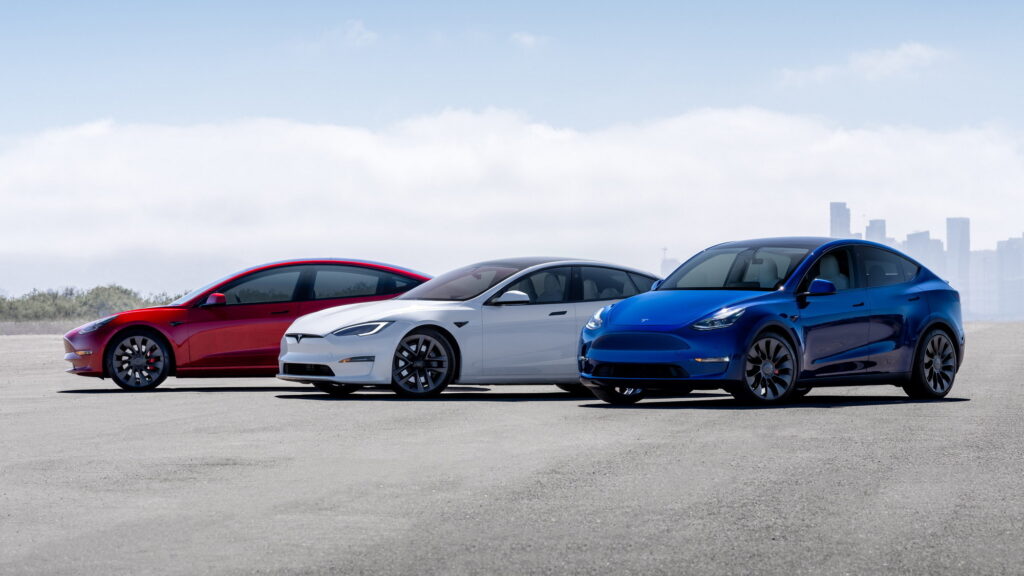The study adds that EVs could reach price parity with ICE models in Europe in 2024 and 2026 in the U.S.
3 hours ago
 –>
–> 
–>
A new study put together by Rocky Mountain Institute (RMI), Systems Change Lab, and the EEIST project asserts that electric vehicles could account for more than two-thirds of total new car sales by 2030, a significantly larger proportion than many other recent analyses have suggested.
The research follows an S-curve trajectory seen in EV markets like Northern Europe and China and applies it worldwide, indicating that EV sales will soar at least sixfold by 2030. If that’s the case then they will account for 62% to 86% of all new vehicle sales by 2030. It is also suggested that the overall fleet of combustion cars is about to peak and will be in freefall by 2030.
An S-curve model takes historic data and an endpoint, using the past to estimate a midpoint and growth rate in the future.
advertisement scroll to continue

RMI’s research adds that economics are starting to overtake policy incentives as the key driver for EV sales. Indeed, it is claimed that battery costs could halve this decade from $151 per kilowatt hour to between $60 and $90. These falling costs could make EVs as cheap or cheaper to buy and own as petrol cars in “every market globally.” China is tipped to continue to lead the EV charge with sales to account for 90% of the total new car market by 2030.
Read: EVs Account For 7.2% Of New Car Sales In The U.S. Between January And July
The moment new EVs reach price parity with new combustion-powered vehicles will likely prove pivotal. The research suggests that this price parity ‘tipping point’ could occur in Europe next year, 2025 in China, 2026 in the U.S., and 2027 in India for medium-sized cars and sooner for small vehicles.
Increased demand for EVs could lead to oil demand for cars falling by at least 1 million barrels per day every year after 2030. The research also notes that combustion car sales peaked in 2017 and by the middle of this decade, more will be scrapped than sold.

 –>
–> 

